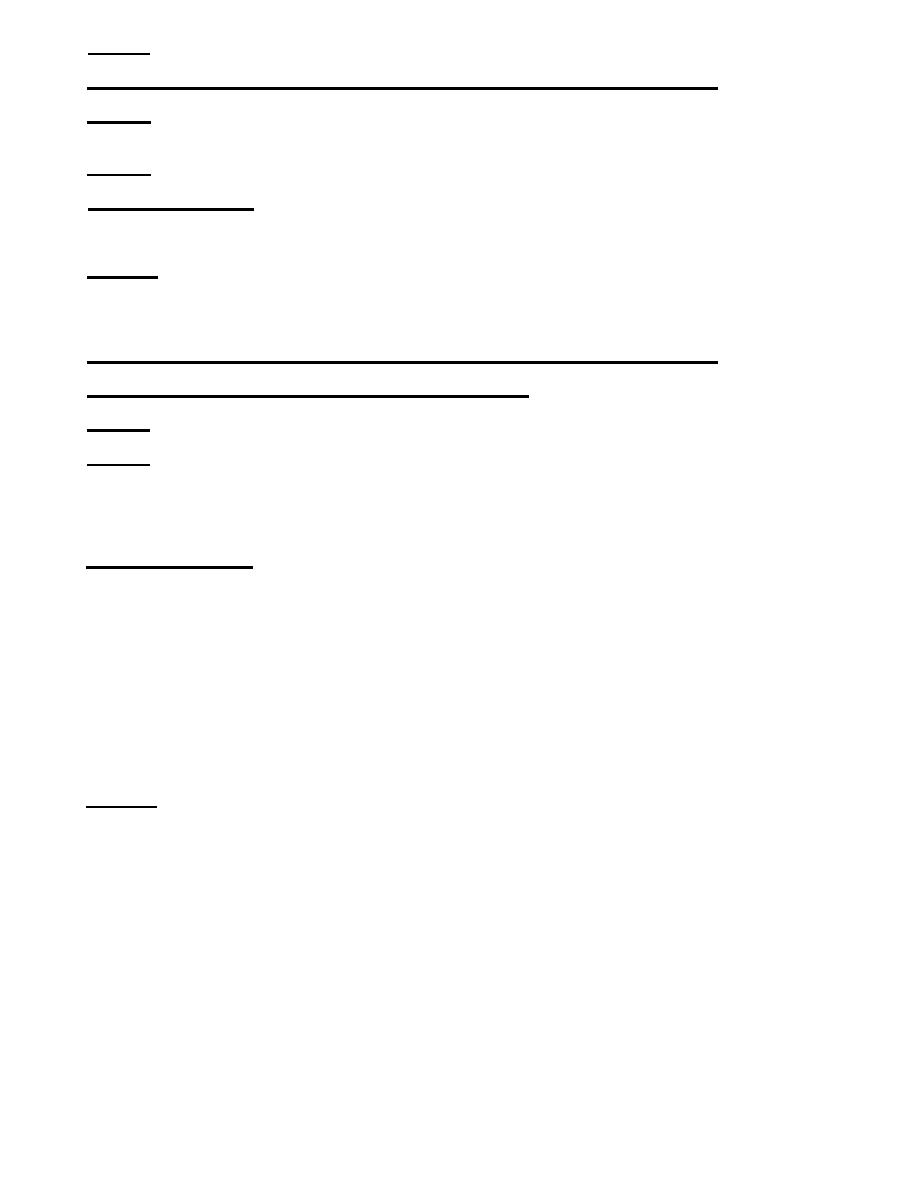

Custom Search
|
|

|
||
 FATIGUE
CASE F1 -
Connections of Struts for Grading Rings - Antennas, E. Mifflin
Problem: Failure of end connections of tubular struts supporting anti-corona
and grading rings.
Connection failed.
Symptom:
Collection of Facts: Though the connection was eccentric, the calculated static
stresses were well within acceptable limits. Since the member was tubular,
approximately three (3) inches round, aeolian vibrations were suspected.
Solution: A coiled cable was inserted in one end of the tubular member. The
cable was attached at that end and the end was sealed to the weather. This
cable, which was slightly longer than the tube, damped any vibrations in the
tube. No end connection failures have occurred since installation of the damper
cable.
CASE F2 -
Evebolt Failures - Antennas, E. Mifflin
Eyebolt failure in "fail safe" insulators.
Problem:
Symptom: Eyebolts in compression cone "fail safe" insulators failed resulting
in loss of guy support. Failures occurred in both types of connectors generally
used. One type a threaded rod with ball nut failed in the threads. The other
type failed at the junction of the shank and bolt head. (None failed in the
eye). Bolts were in tension and bending.
Collection of Facts: Failures were initiated at cracks and/or areas of high
stress concentration. First, a gradual fatigue failure developed until the
cross section of the member was reduced sufficiently for a tension failure.
Analysis of the bolt revealed very high bending stresses as well as the design
tensile stress. The geometry of the area of failure is such that high stresses
are generated at reentrant corners. The material is a heat treated forged high
carbon steel. (AISI numbers 1035 and 1040). In the threaded bolts, cracks were
found in the threads of some that had not failed. Improper weld repair to
forged areas that were threaded also may have been a factor in initiating the
fatigue crack. The Navy, Air Force and Coast Guard, as well as private
industry, have many of these members in place functioning today. Replacement of
them would be a very costly undertaking. In most cases, the failure of a guy
would not endanger life.
Solution:
In some cases, we have reduced the stresses by reducing tension in
the guys and consequently the likelihood of bolt failure. For the Navy
structures where failures had occurred, the eyebolts were inspected and ones
with cracks were discarded. An investigation of a later failure at one site
revealed that for certain guys, the tensions had not been reduced and the
failure occurred at such a location. A completely new design for an eyebolt had
been developed and is in use. The metallurgy has been improved greatly for this
bolt. The geometry and stress level have been vastly improved also by having an
upset threaded end and a special rounded thread. However, the original
manufacturer has gone out of this business, and the other manufacturer has
destroyed all of his casting and forging patterns.
35
|
 |
|
 |
||